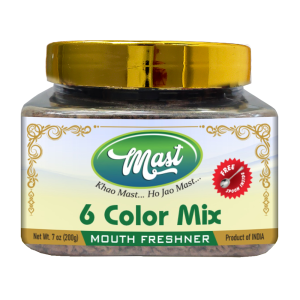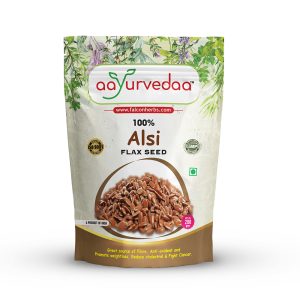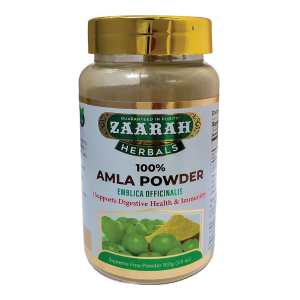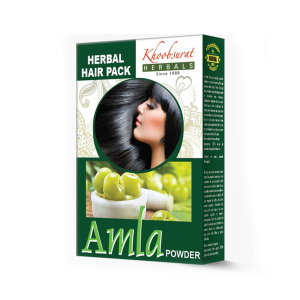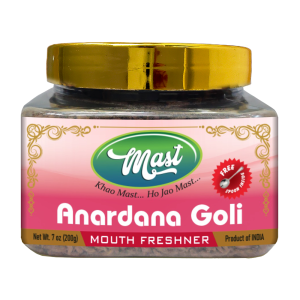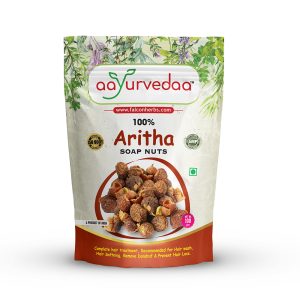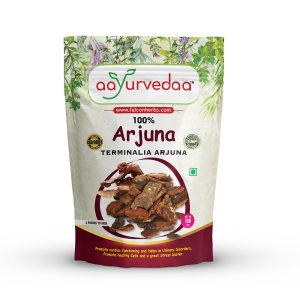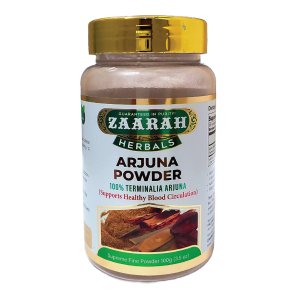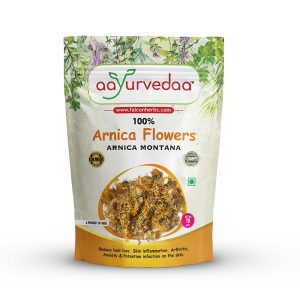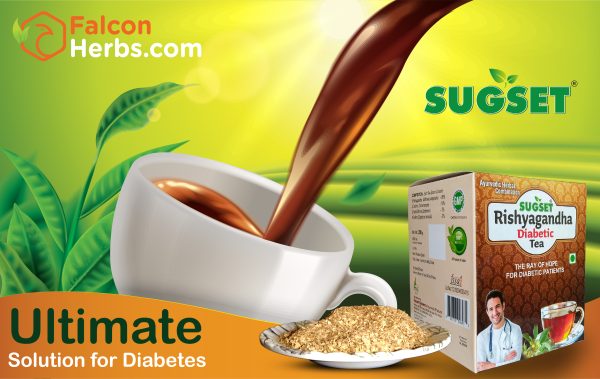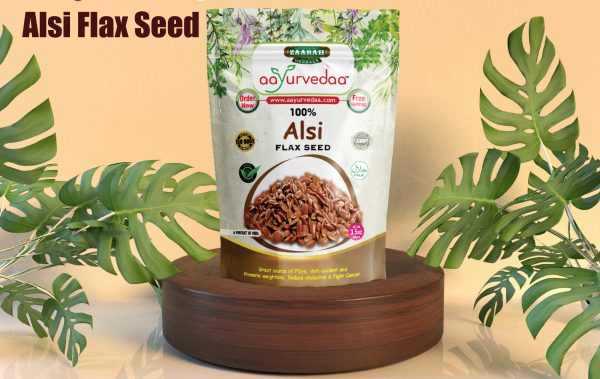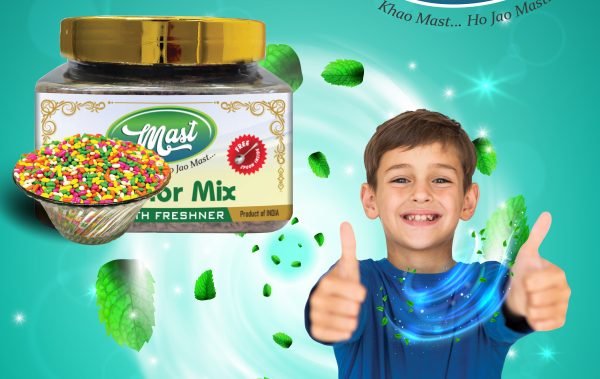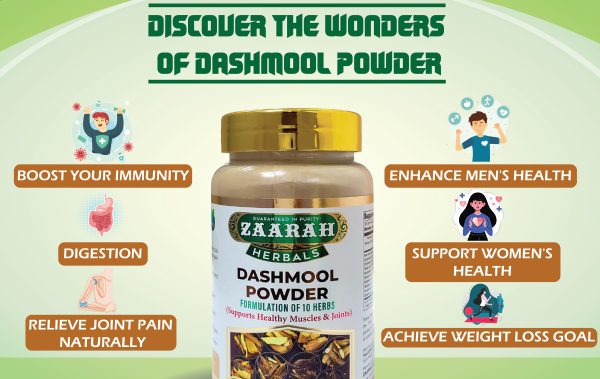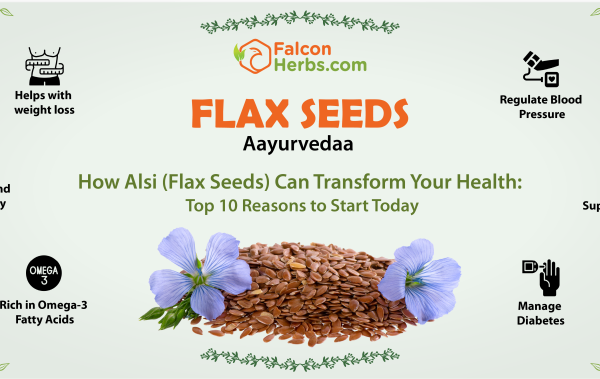No products in the cart.
Long Pepper | Reduces Heart burn, Provide relief in constipation.
Aayurvedaa Long Pepper Piper is an expectorant and laxative herb. Long pepper is used to cure coughs and colds. It helps to relieve constipation and encourages bowel movements. Furthermore, it aids in the reduction of tooth discomfort and inflammation.
Because of its expectorant properties, it may aid in the release of mucus from the airways and aid in weight management. Long Pepper Seeds (Pippali) is an effective herb in managing cough and cold, releases mucus, clears air passages, thus allowing the patient to breathe freely.
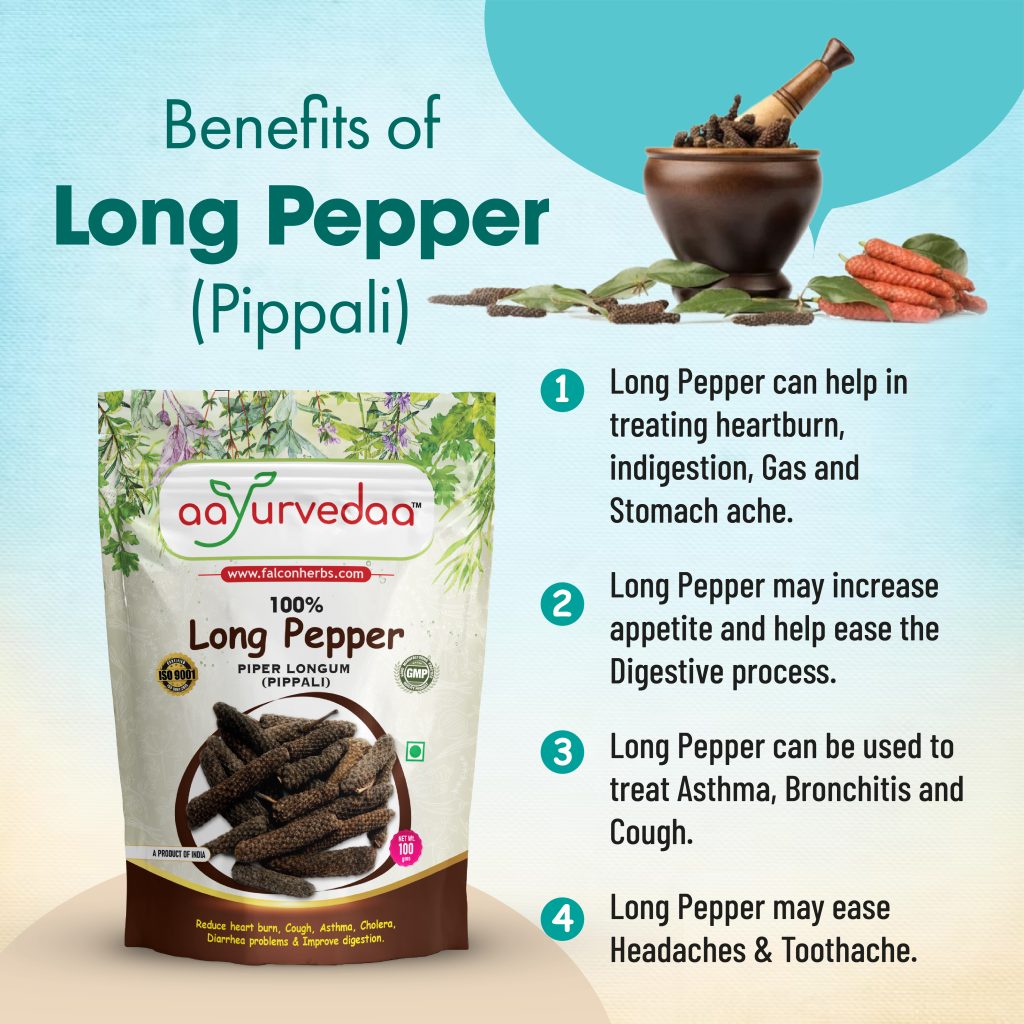
Long pepper is a spice often used in Indian, Thai, Cambodian and Indonesian cooking that has been mistaken for black pepper on numerous occasions. But unlike its simple cousin, long pepper offers eaters a flavor profile that reads more like a spice blend than a single origin plant. This includes nuances of ginger, cinnamon, nutmeg, cardamom and a sweet heat. Use it to make lentil soup, flavor roasted meats, enhance a barbecue sauce and to add a unique spice to lightly cooked vegetables.
What Is Long Pepper?
Grown mainly in India and the Indonesian island of Java, long pepper, also called pippali and pipli, is the tiny fruit that comes from the long, cone-like flower spike grown on a flowering vine of the same name. The fruits are roughly the size of a poppy seed and are used whole and ground up, often in lieu of black, white or green pepper. Though long pepper is substituted for these other, more common peppers, the taste runs more akin to the spice blend garam masala thanks to the subtle notes of ginger, cardamom, cinnamon and nutmeg. This spice also has a lingering bite, which has made it a preferred addition to many dishes in India and southeast Asian countries.
Unveiling the Long Pepper | culinary :
Unlike its name suggests, long pepper isn’t simply an elongated version of black pepper. It comes from a different plant, Piper longum L., native to Indonesia and surrounding regions. Long pepper consists of the dried, mature spikes of the plant, resembling a slender brown stick with visible drupelets (small fruits) along its surface. While black pepper packs a punch with its sharp, peppery heat, long pepper delivers a more complex experience. Its flavor profile is characterized by:
- Warmth: Similar to black pepper, but with a gentler, lingering heat.
- Woody notes: Hints of earthiness and camphor add depth and intrigue.
- Slight sweetness: A subtle sweetness balances the warmth and creates a truly unique taste.
A Spice with a Storied Past:
Long pepper has graced tables for centuries. Evidence suggests its use in ancient Indian and Chinese medicine, and it held a prominent position on spice trade routes dating back to the Roman Empire. Its value was so high that it was even used as currency in some regions.
- Whole or Ground: Use whole long peppercorns in stews, soups, and broths for a slow-releasing, nuanced flavor. Grind it fresh to add depth to curries, marinades, and spice rubs.
- Pickled: Pickled long pepper adds a delightful tangy element to salads and charcuterie boards.
- Infused: Infuse long pepper in oils and vinegars for a unique flavor boost in dressings and drizzles.

